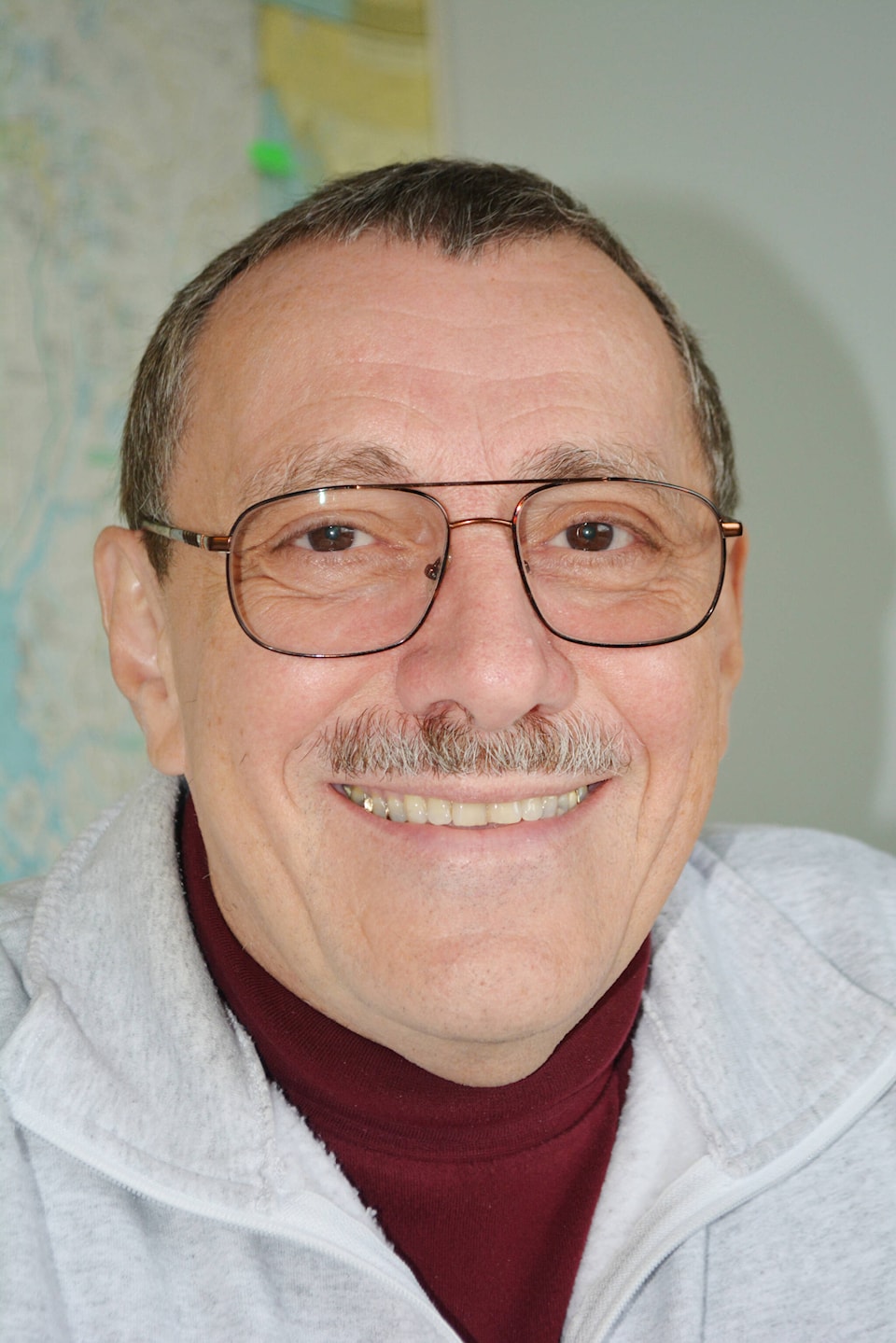It would be easy to dismiss the question, “Are we living on the same planet,” as a frivolous remark, tossed off as a joke. But I am tempted to answer, “No, we don’t.”
One might ask questions, “the same as what, or as when?”
True, all of current humanity occupies more or less the same lumpy sphere orbiting the same G-type yellow dwarf star at the same time. But beyond that general fact, the whole concept of “same” begins to unravel.
The biogeographical zones of Earth are tremendously diverse. Alpine meadows, vast steppes, deserts, tropical rainforests, coral atolls, permafrost barrens, and many other, varied landscape types have historically required vastly different cultural adaptations for humans to survive in them.
These adaptations include types of land use (including agriculture, mining and industry), different languages and dialects, often conflicting religious beliefs, and preferential forms of economic organization and political management.
Consider: what does a rainforest rubber tapper have in common with a real estate trust accountant? What does a professional hockey player have in common with an Inuit hunter? What does a Sri Lankan fisherman have in common with a Tokyo hotel manager? What does a Moroccan camel-herder have in common with a German auto designer? What does a Thai Buddhist monk have in common with an American forest ranger?
One could go on and on making such comparisons, chosen to highlight wide divergences in human background, experience, and behavioural priorities. Do these people live “on the same planet?” To a large degree, they don’t, in the sense that their lives are so utterly different, each from the others. Even if they could speak the same language, what would they talk about?
In Canada, this divergence of interests and experience also creates a variety of citizen solitudes. Canada’s supposedly original “two solitudes” (the English and French, conveniently ignoring several hundred separate First Nations) has given way to a much larger number of widely different ethno-linguistic communities.
Within and among these communities we occupy overlapping bubbles of both shared and disputed models of our physical and social reality.
Traditional, trusted sources of information such as the education system, enduring news media, and peer-reviewed scientific research publications collide with paranoid accusations of dangerous indoctrination, fake news, and covert biomedical plots designed to enslave an unwary populace circulating through social media!
Democracies, once held to be systemic guarantors of civil liberty, are fending off attempts to transfer power to demagogues pretending that only a dictatorship can protect our freedoms.
Economically we are divided as never before. In 2023 the average net worth of the bottom 40 per cent of Canadians is under $68,000. By contrast, the average for the top 20 per cent is $3.2 million. Canada’s wealthiest households hold 68 per cent of the net worth in Canada, while low-income households hold only 2.6 per cent. These two groups live in rather different worlds.
Increasingly rapid climate change (it’s 9 degrees today, the 29th of January) suggests we should be doing everything possible to limit our CO2 emissions. Instead, various local groups are busily planning how to sell liquefied natural gas for the next half a century. What planet are these folks from?! Doesn’t physics apply to them as it does to the rest of us?
We are all forced to occupy the same physical globe, despite the different experiential worlds we in habit. We’re all in it together, for good or ill.
